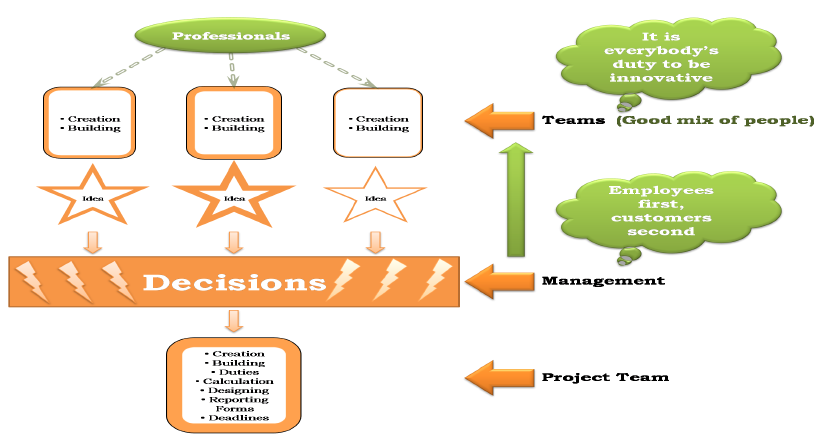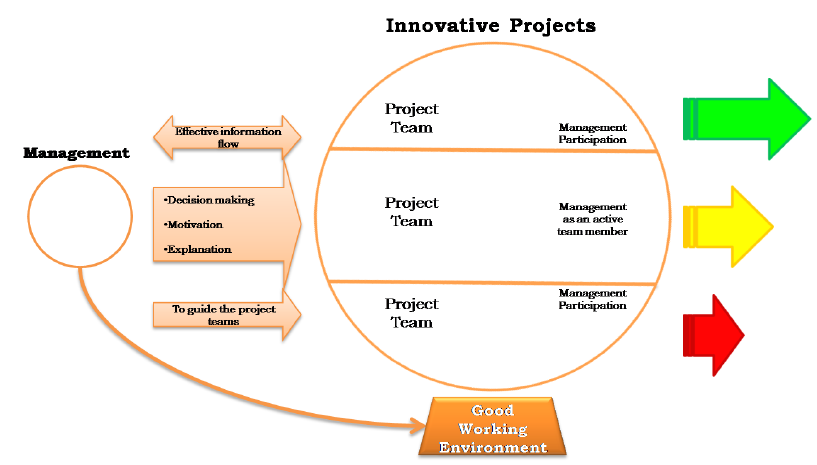ABSTRACT
This thesis gives an overview about innovations in organisations as well as the importance of a favourable organisational microclimate for the enhancement of creativity and innovation. Generating ideas is always a very fragile process for any organisation engaged in innovative activities. In order to support good and successful ideas the companies have to have a favourable organisational microclimate.
This microclimate is discussed against the background of certain conditions which organisations or rather companies should obtain in order to prevail innovations and cope with them in a successful way. The main focus of this thesis is on the conditions, which can favour and support the process of emerging innovations. The conditions are teamwork, management participation, effective communication and information flow, as well as innovative culture. During the different chapters however, some interrelations can therefore be seen.
Furthermore nine interviews with three different innovative Latvian companies support our theoretical framework of this thesis, how the different conditions are interrelated with each other in practice and their occurrence in the different companies.
In the end a discussion about the results is started, where it can be seen whether more conditions emerged.
THEORETICAL FRAMEWORK
The part conceptualization provides a description about the relationships between the different chapters in the thesis work. The theoretical framework had its starting point with a general overview about innovations in order to give state the main ideas of its characteristics. Throughout the first part of the theoretical framework the attention has been drawn to the importance of creating a favourable microclimate for organisations in order to come up with innovations. According to the literature, which is re-lated to the microclimate of organisations, four main characteristics have been pointed out:
- The importance of teamwork and involvement of every employee.
- The importance of management participation.
- The importance of effective communication and information flow.
- The importance of an innovative culture.
METHODOLOGY
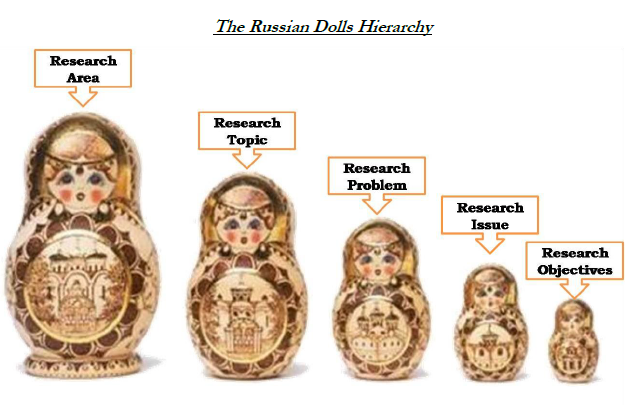
Figure 3.1: Modified figure of the Russian dolls (Daudi, 2008).
The research area in which we are active is a certain microclimate in organisations, which support the innovation process in a successful way. The topic of our thesis work is “Creating favourable contexts for nurturing and managing innovations in organisations”. For a better understanding of the sequence and the logic of our thinking, we would like to present a strategy whose meaning is depicted from “The Russian Dolls Hierarchy”.
PRESENTATION AND ANALYSIS OF THE EMPIRICAL DATA
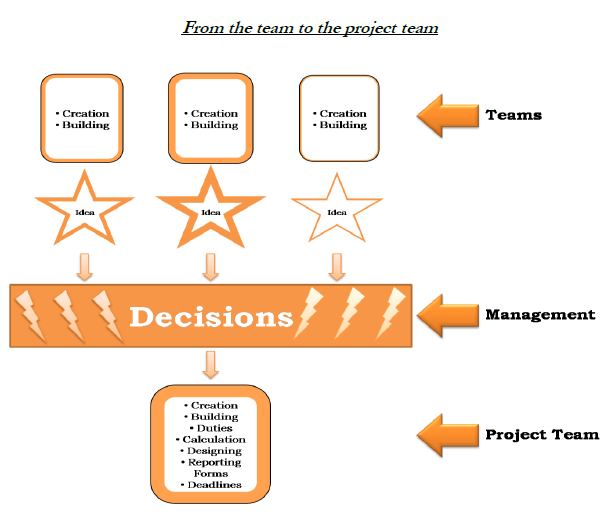
Figure 4.1: From the team to the project team.
The first step is to create the team. The process of the team creation plays an important role in every organisation. We would like to recollect the old saying: “As you will name the ship the same it will float”. If initially the team will be „constructed‟ in the best possible way, it will work suitably. But it is not enough to only create the team. The second important thing is the team-building. As it was mentioned before only in this situation if the team works as one single body the great idea can be born in this atmosphere.
The management in this situation is playing a so-called „filter‟ role. It is necessary to select the good ideas and to begin to work with them. To send other ideas back to the completion or rather to reject the idea if it is not viable. In the level when the idea is accepted, the project team, which will work with the development of the innovation, is going to be active. This stage was detailed explained in the be-ginning of this section.
DISCUSSION OF THE RESULTS
The following figure (Figure 5.1) has been taken from the analysis of this issue in order to open up a discussion about this topic. In our perception it is important to modify this figure and to discuss the results with its help. An explanation about the original figure will not be given because an explanation of the original figure has been given in the analysis part. Instead we will go deeper into the modified one. It means that only the newly added features will be discussed.
Regarding management participation we decided to illustrate the figure in a way, where it is possible to get an overview about practical and theoretical aspects (Figure 5.2). The management level plays an important role within this illustration. The management is in the “outside” and gives inputs to the teams, which are striving for innovations. Inputs, which can be given from the management level, as the following ones:
- Decision making
- Motivation
- Explanation
- Leading and monitoring the teams.
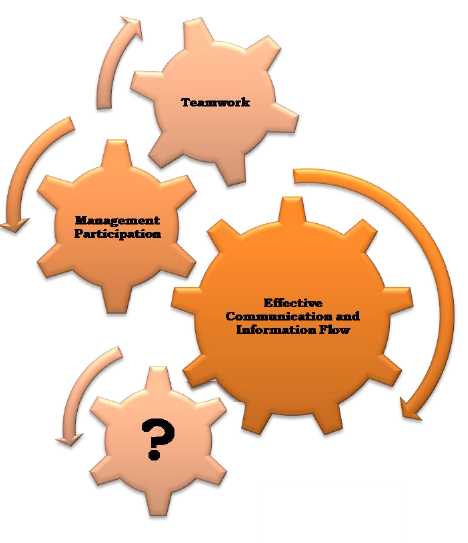
Figure 5.7: Elements of an innovative culture.
In the figure above we present the elements of an innovative culture, in which we include all previously mentioned conditions. Teamwork, management participation, effective communication and information flow and the following ones can be mentioned as additional attributes for an innovative culture,
- Low hierarchy within the companies
- Motivating the employees
- Empowerment (Ahmed 1998)
- Good atmosphere within the companies
- Freedom to experiment (Ahmed 1998)
- No punishments for failures
- Amicable team
- Shared understandings

Figure 5.9: Employees‟ vocational training within the organization.
As it can be seen from the figure above, precisely the “staircase”, which can be explained as the development of an employee, we would like to say that it is a continuous and steady process. Every seminar and vocational training brings the employees to the next level, where they can apply their newly gained knowledge. As it has been said before, the vocational training is an on-going process with a high importance within every organization.
CONCLUSION
The main focus throughout our research was the organisational microclimate with its conditions and necessities for companies in the early stages of the innovation process. We focused on four major conditions, which are related to each other. Throughout our interviews we discovered that another condition occurred and plays an important role for the organisational microclimate. This very new condition is strongly related to other ones and cannot be examined without looking upon the others.
The relation between this new condition and the “old” ones is also valid be-tween the four early conditions. It means no examining without looking upon the others. Out of this research we can say that this field needs more research. Conditions regarding the or-ganisational microclimate are almost endless. In further research more conditions could occur, which can make it for companies easier to come up with innovations.
Another important issue regarding further research could be that they go more into a direction of “tangible conditions”. We are aware that we concentrated mainly on “intangible conditions”, which can help to create a favourable organisational microclimate, but for further investigations it could be helpful to see how “tangible conditions” influence the organisational microclimate.
To conclude we would like to mention that it was important to discover an “additional” condition, which is necessary for creating a good organisational microclimate. With the result of our research, we became more open towards new conditions and how they can affect the companies. Finally it is important that all of us try to overcome obstacles and face what is beyond of them.
Source: Baltic Business School
Authors: Siegmund Adanitsch | Olga Jevdokimova

